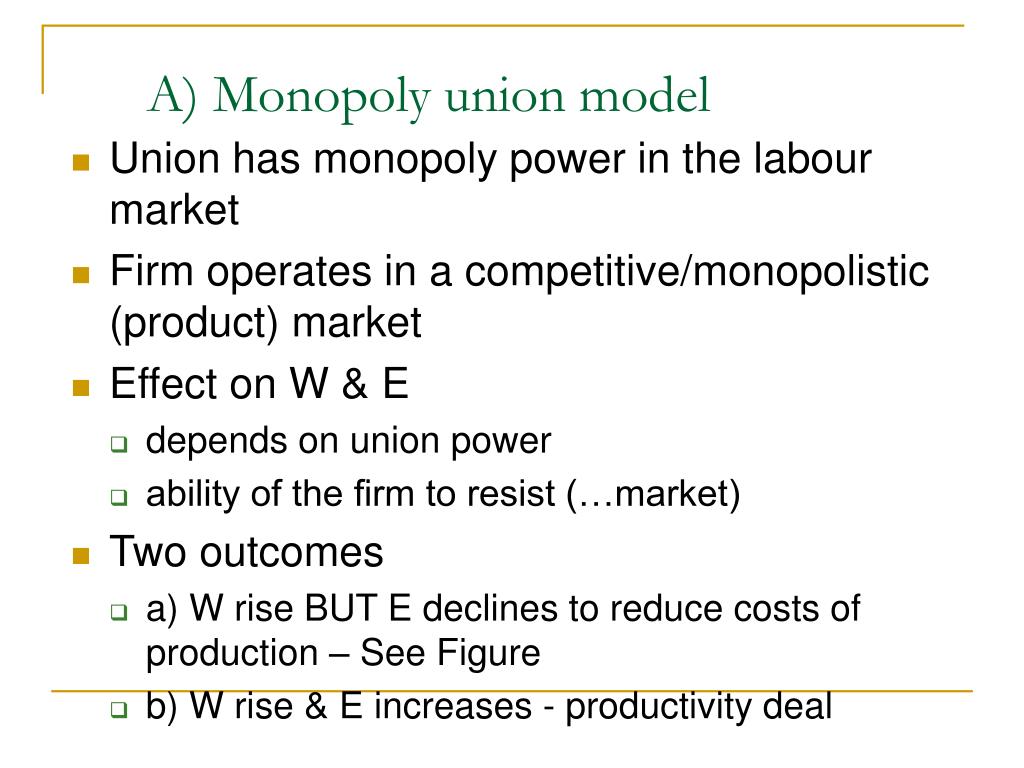

This represented a major shift from the relative hostility to vertical integration exhibited in the 1968 Guidelines, which regarded as problematic a vertical merger between firms accounting for only 10% and 6% of sales in their respective markets. The Guidelines identified two situations under which the Department might challenge a non-horizontal merger: where the merger would eliminate a specific potential entrant, and where a vertical merger would raise barriers to entry, facilitate collusion, or allow a monopoly supplier to evade rate regulation. (2)Īs the title of Section 4 made clear, the '82 Guidelines regarded non-horizontal mergers as of interest for antitrust policy only insofar as they had horizontal effects. Thus the Non-Horizontal section of the 1984 Merger Guidelines remains the official position of the DOJ and the FTC on potential entry and vertical mergers. The non-horizontal section (Section 4: Horizontal Effect from Non-Horizontal Mergers) in the 1982 Guidelines was essentially reprinted in the 1984 Guidelines, and then disappeared in the (aptly named) "Horizontal" Merger Guidelines of 1992. It is true that the analysis of non-horizontal mergers in the Guidelines has not been a hot topic. While "Nuttin, Honey," might be a natural response, it would be both ungracious and unimaginative. The Contribution of the Merger Guidelines to the Analysis of Non-Horizontal Mergers For an official signed copy, please contact the Antitrust Documents Group.
BILATERAL MONOPOLY EXAMPLES PDF
To view the PDF you will need Acrobat Reader, which may be downloaded from the Adobe site. The common example is such companies are mining companies.This document is available in three formats: this web page (for browsing content), PDF (comparable to original document formatting), and WordPerfect. The two sides (the companies and the workers) must however negotiate based on the relative bargaining powers they both have, the outcome of the negotiations will determine the wages that will be paid. Workers, who also seek high wages try many options to have higher bargaining powers, such as forming labor unions. Given that there were limited companies at the period, all jobs opportunities tend to be concentrated in a small or contained region so that the companies can drive lower wages. Back to: ECONOMIC ANALYSIS & MONETARY POLICY Why is a Bilateral Monopoly Important?īilateral monopolies were the common practice in the labor markets between the 18th and 20th centuries, especially by developed our industrialized nations. While the seller has the likelihood of inflating the price of products since he is the only supplier, the buyer will also bargain to the lowest price since the seller has no other buyer to sell to. In a bilateral market, both the buyer and the seller sell to maximize profits. Bilateral monopoly occurs when there is a containment in the market, that is when there is a limited number of market participants or the option to explore other suppliers is costlier than sticking to a single one. A bilateral monopoly is the combination of a monopoly (a single seller) and a monopsony (a single buyer) in a market. A market structure where only one supplier and only one buyer exists is a bilateral monopoly.


 0 kommentar(er)
0 kommentar(er)
